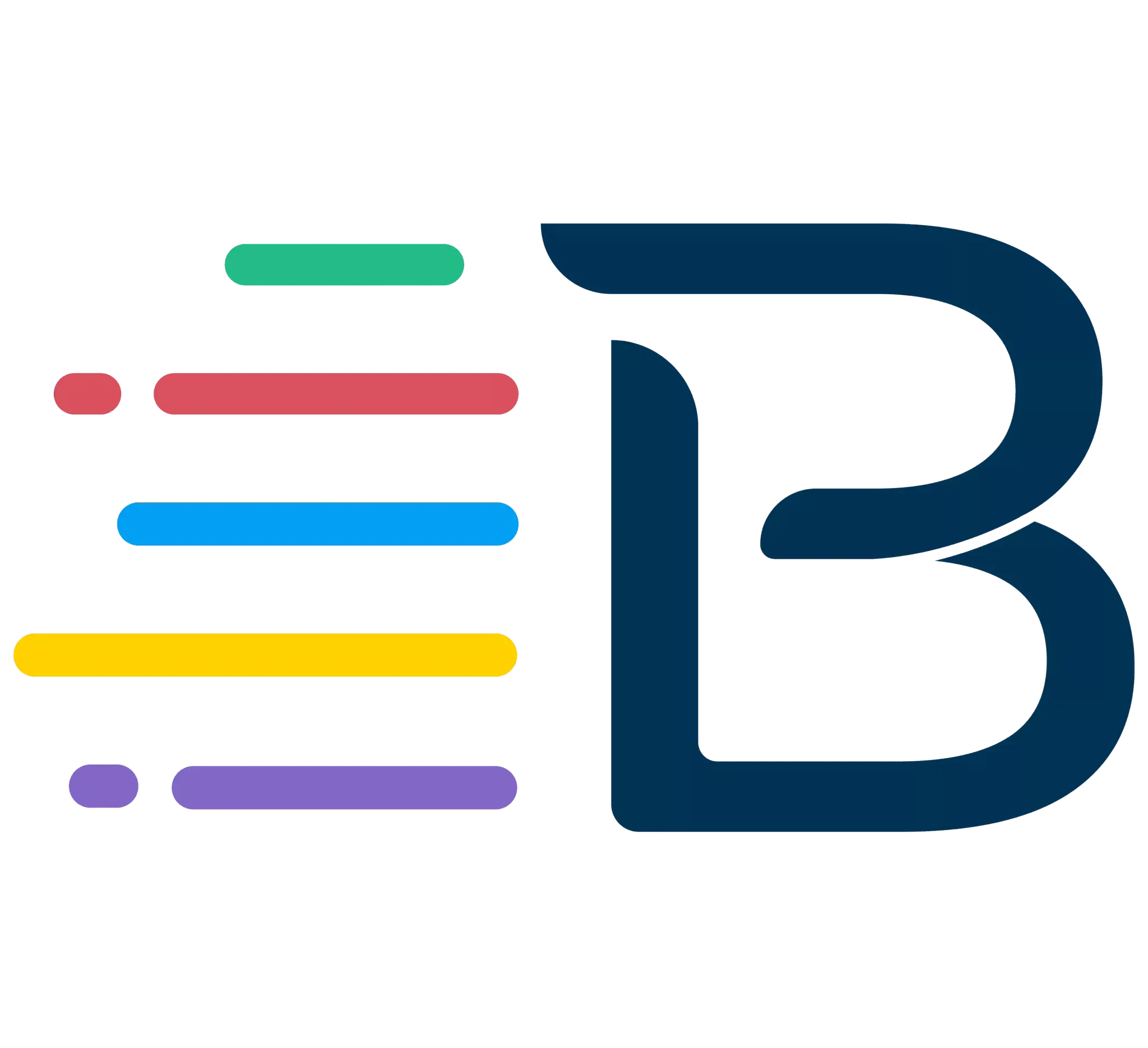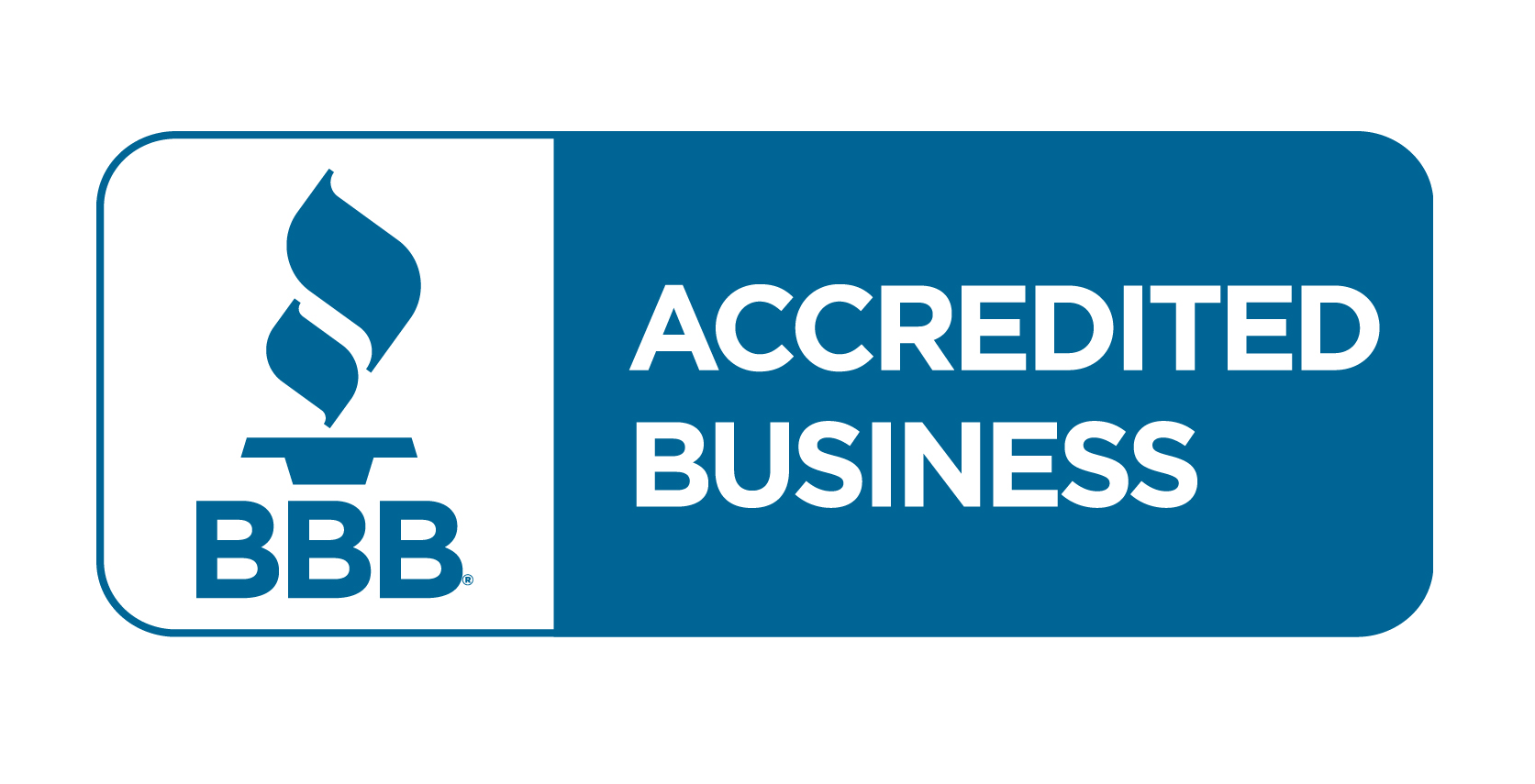GUIDES
The 3 Basic Financial Statements Explained: Made Easy
April 14, 2021

When evaluating the health and wellness of your business, it is important to remember the various elements that can best help you do this.
Ask yourself questions such as “how much is my business spending? What is our total revenue? What does our current financial situation look like? What aspects of our business can we improve upon?” In this post, we will explain the 3 basic financial statements and how understanding them can help you prioritize your business’ health. For a clear image of what these statements look like, check out this diagram.
The Income Statement
The income statement, also known as P&L (Profit & Loss), reveals how well or poorly a business is performing during a certain period. It shows the total sales revenue at the very top of the statement and then deducts the cost of goods sold to find total, gross profit. After this, the net income is found by deducting other expenses and operating incomes from the gross profit: this is “the bottom line” for the business. In other words, it starts at the top with revenue and breaks down all the flows in and out of money that the company had during a certain period of time, leaving the company’s profit as a result. This is important for organizations of all sizes, and even personal finances, because it shows whether they are making a profit or have a loss during a determined period of time, and red flags can be identified.
The key features of an income statement are:
Shows revenues and expenses of the business (i.e. how much money is entering and leaving the business) over a fixed period of time (i.e. year, quarter, etc.).
Can help you assess profitability of your business.
The Balance Sheet
It can be said that the income statement is a movie of the company for a period of time (e.g. how money moved in and out during a one year period), while the balance sheet is a picture of the company taken in a determined time (e.g. how the company is by the end of the year). The balance sheet enables you to see your business’ assets, liabilities, and shareholders’ equity. The asset section displays cash and equivalents, which should be equal to the balance sheet seen at the end of the cash flow statement. The sheet then shows the change in balance in each major account to finally reveal the total net income from the income statement flows. This is important for organizations because it allows any stakeholder to understand what is the financial position of the company and enables them to project what its position will be into the future, because it is here where a company can see what it owns and what it owes.
The key features of a balance sheet are:
Liabilities + Shareholders Equity = Assets (these are the three main sections of the balance sheet).
Shows the financial position and status of a business.
Cash Flow Statement
The cash flow statement adjusts the net income for any non-cash expenses that were executed by your business. Essentially, the statement is as simple as the flow in and out of cash, focusing on a certain period of the business’s timeline. Like the balance sheet, the cash flow statement shows a change in the beginning and ending balances, determining if a business saw an increase or decrease in cash value. This statement is important because it reflects how good a company is at managing its cash, therefore telling how well it is generating cash in order to pay its obligations.
The main features of the cash flow statement are:
Show the flow (increase and decrease) of cash.
Also expressed over a fixed period of time (i.e. year, quarter, etc.).
Shows net change in the cash balance.
Has three sections: cash from operations, cash from financing, and cash used in investing.
Oftentimes companies underestimate the importance of cash flow. They believe that with a positive bottom line in their income statement their company is well off. Or sometimes they think that with large assets and capital to back them up in their company will remain stable, forgetting the importance of cash flow. The lack of cash can cause a company to struggle in the short term, making it unable to comply with its obligations and putting it under great financial stress even with a healthy operation.
It is also important to note that there will be times when the inflows and outflows of capital will not align; we call this the cash flow gap. An example of this is when a company makes an investment in inventory for a client order and awaits payment from the customer. You can work to close cash flow gaps by ensuring that your business is being paid for invested inventory or offering incentives to customers to pay faster and sooner.
Another way to improve your cash flow is by leveraging loans and credit. BlueTape has some great tips and tricks to manage your loans and credit and put them towards scaling your business.
As a manager you should understand and monitor all of these statements. Certain businesses, like these construction businesses, are particularly challenging due to the nature of the industry. For example, high volumes of inventory have to be accounted for, with different rotations, pricing, and specifications. Cash flows are moved across different projects, making it easy to lose track, and even sometimes account receivables are forgotten. Thus, it is very important to manage all of your payments and flows of money.
Make sure you go over your statements with your accountant and understand the position of your company. Doing so will enable you to get your business on track for success and healthy growth!
If you enjoyed this post, create an account with BlueTape today!
Copyright 2024 © BlueTape. All rights reserved.
Copyright 2025 © BlueTape. All rights reserved.








